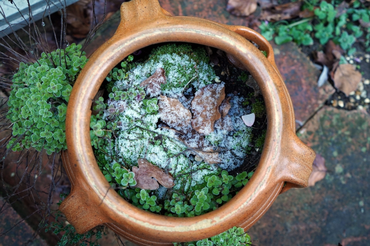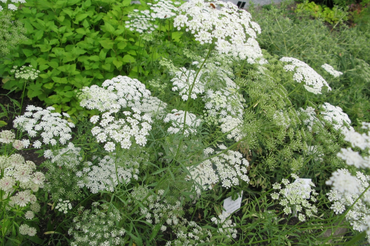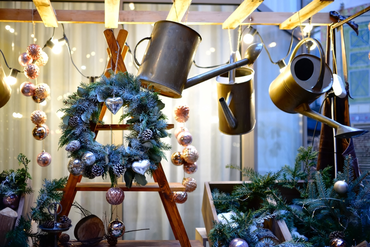Pruning in autumn is a common horticultural practice, but the timing and extent of pruning can depend on the specific plants and trees in question. Here are some general guidelines for pruning in autumn:

1. Deciduous Trees and Shrubs
Dead or Diseased Wood
Give your plant a healthy boost and say goodbye to disease by snipping off any dead or ailing branches.
Shape and Structure
While autumn pruning can be beneficial, remember some species prefer late winter or early spring cuts. Consult an expert for specific guidance.
2. Evergreen Trees and Shrubs
Dead or Diseased Wood
As with deciduous plants, remove any dead or diseased branches from evergreen trees and shrubs.
Light Pruning
Light pruning can be done in autumn to control the size and shape of the plant. However, major pruning is often best done in late winter or early spring before new growth begins.

3. Flowering Plants
Spring-Blooming Plants
For plants that bloom in spring, it's generally best to wait until after they have finished flowering before pruning. Pruning in autumn may remove buds and reduce the spring display.
Summer and Autumn Bloomers
Plants that bloom in summer or fall can often be pruned in late autumn after they have finished flowering.
4. Fruit Trees
Dead or Diseased Wood
Remove any dead or diseased branches.
Thinning
Autumn is a good time for thinning the canopy of fruit trees, allowing better air circulation and reducing the risk of diseases.

5. Hedges
Shape and Size
Prune hedges in the fall to maintain their shape and size. This helps to encourage dense growth and prevents them from becoming too leggy.
6. General Tips
Clean Tools
Always use clean, sharp tools to make clean cuts and minimize the risk of introducing diseases.
Leave Some Foliage
Avoid excessive pruning that removes too much foliage, as leaves are important for the plant's energy production.
Keep in mind that these are general guidelines, and the specific needs of each plant, as well as local climate conditions, should be considered. Additionally, if you're uncertain about the pruning needs of a particular plant, it's a good idea to consult with your local garden centre for advice tailored to your specific situation.




